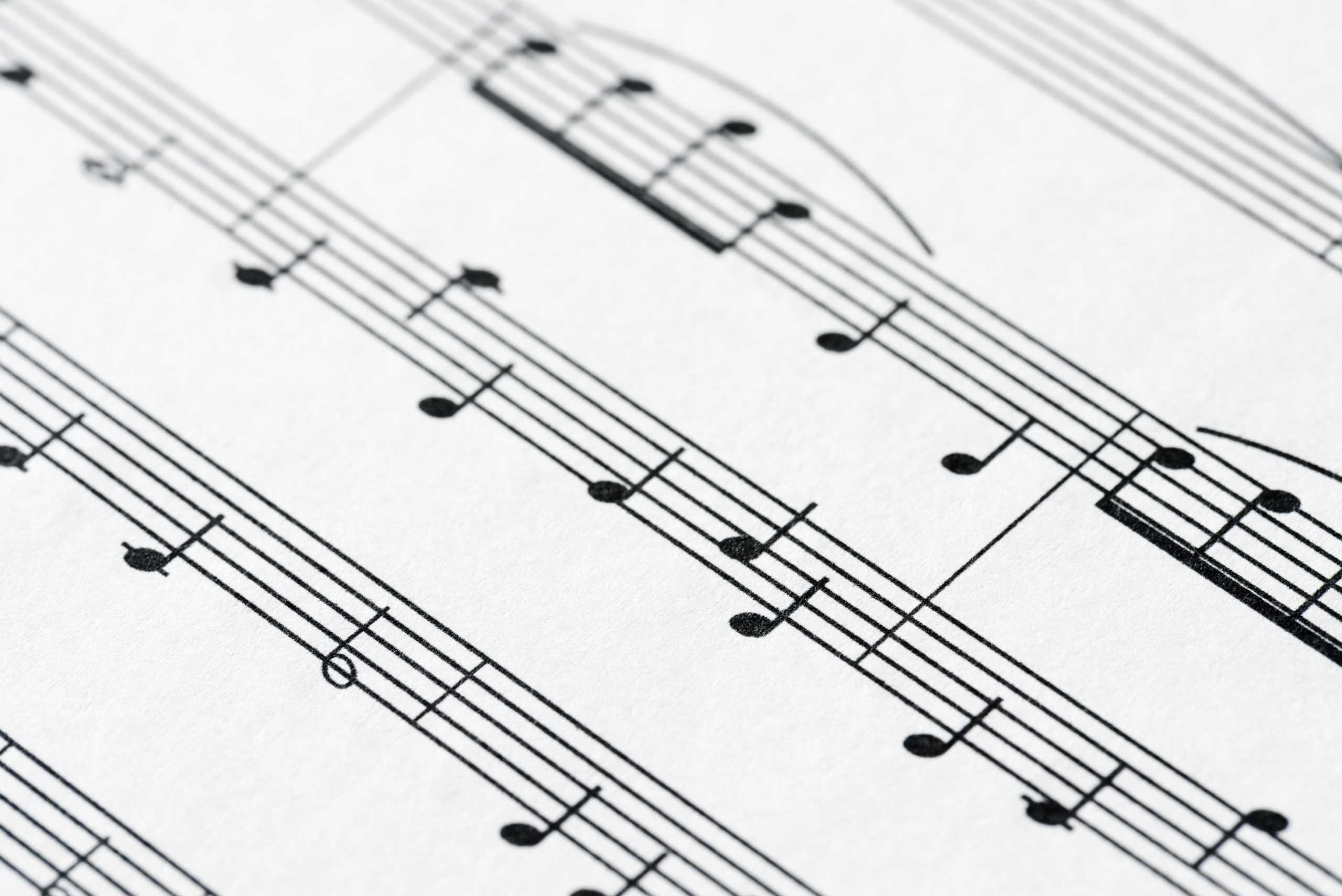Understanding the fundamental building blocks of notes and chords in a composition is crucial. Don’t let the term “diatonic scale” intimidate you – it’s actually quite simple.
However, if you’re new to music, you might need a clear explanation to get started.
In this article, I’ll break down the basics of the diatonic scale and provide helpful strategies for learning it.
So, let’s dive in and get started!
What exactly is the diatonic scale?
A diatonic scale is a seven-note scale with a specific construction consisting of five whole steps and two half steps in the order T-T-T-S-T-T-S:
The Major scale, also known as the Ionian mode, is the most basic form of the diatonic scale. It serves as the foundation for melodic and harmonic traditions in Western music.
Due to its significance, the term “diatonic” is commonly used to refer to the notes within a specific musical key.
The fundamental structure of the diatonic scale can also be utilized to construct the natural minor scale, also known as the Aeolian mode.
You can build the relative minor scale, or T-T-S-T-T-T-S, by shifting the pattern to a different starting point.
How to Find Your Diatonic Scales?
Understanding the diatonic scale and its accompanying chords is crucial as they aid in establishing your musical context, whether you’re playing an instrument or creating harmonic progressions in a digital audio workstation (DAW).
Now, how can you effortlessly remember the diatonic scale and chords in any key? Allow me to explain the most prevalent technique, but don’t stress too much about committing it to memory.
As you become accustomed to playing in various keys, you’ll naturally develop an intuition for the scale degrees and significant chords. However, if you require a dependable method, here’s how it works.
# 1: Understand the musical alphabet
Let’s begin with the basics: the musical alphabet consists of the letters A to G in the same order as the English alphabet.
To efficiently recall your scales, it’s crucial to memorize the sequence of letters both forwards and backward.
Once you have mastered this skill, you can start from any letter representing a key and count seven steps forward to determine the letter names within the diatonic scale.
# 2: Find your key signature
Moving forward, it is essential to take note of the song’s key signature.
The key signature guides which accidentals to incorporate into the notes to align with the pattern mentioned earlier.
There’s a straightforward approach to determining the key signature if you are aware of the root note and quality of the key.
However, if you don’t have this information, you’ll need to ascertain them before proceeding. The process of determining them has its own method, which you can learn in this post if you need a refresher.
Once you have determined the tonic and quality of the key, you can ascertain the number of sharps or flats by counting from C on the circle of fifths until you reach the desired note.
Remember to count clockwise for natural and sharp keys, and counterclockwise for flat keys.
For instance, if you are searching for the key of D major, you would count two steps on the circle—C to G, and G to D.
This indicates that your key signature will have two sharps! Following the order of sharps and flats using the mnemonic, you will arrive at F and C.
Step 3: Find out your musical intervals
Last but not least, having a good understanding of basic musical intervals will assist you in constructing the diatonic scale effortlessly.
Remember the arrangement of whole steps and half steps mentioned earlier? Each note within the diatonic scale holds a unique interval relationship with the tonic.
You’ll never have trouble constructing the diatonic scale if you know the pattern and your intervals—even in unfamiliar keys.


